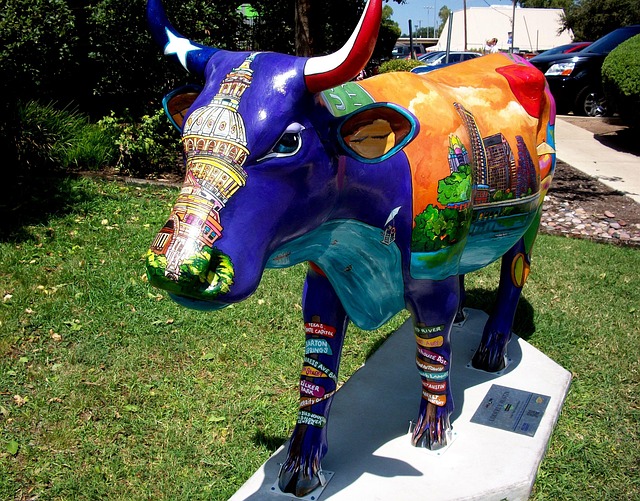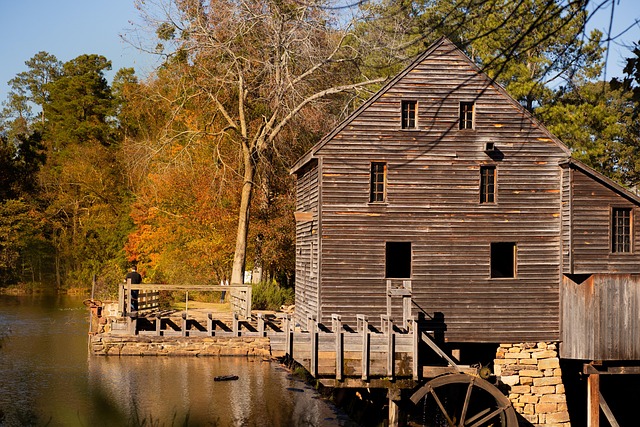Barbecue—a culinary tradition that dates back centuries—has become synonymous with American culture. While BBQ is loved all across the United States, each region has its own unique approach to this smoky, savory, and often tangy dish. Whether you’re a fan of slow-cooked brisket, tangy ribs, or spicy pulled pork, regional BBQ offers a diverse array of flavors and techniques that make this dish so intriguing.
In this blog, we’ll take you on a journey through the four major BBQ regions of the United States: Kansas City, Memphis, Texas, and the Carolinas. Along the way, we’ll dive into the regional techniques, signature meats, and sauces that make each style so distinct and beloved.

1. Kansas City BBQ: The All-Encompassing Masterpiece
Kansas City is a melting pot of BBQ influences, incorporating various regional styles and creating a flavorful blend of its own. Known for its versatility, Kansas City BBQ embraces everything from pork to beef, chicken, and even lamb. But it’s the sauce that truly sets Kansas City BBQ apart—thick, sweet, and tangy, with a perfect balance of tomato, molasses, vinegar, and spices.
Key Features:
Meats: Pork ribs, burnt ends (beef), sausage, chicken, and sometimes lamb.
Sauce: Sweet, tomato-based, with a hint of molasses.
Cooking Method: Slow-cooked over a variety of woods, often using a mix of wood and charcoal.
Kansas City BBQ is perhaps best known for its burnt ends—tender pieces of beef brisket that are chopped, seasoned, and smoked to perfection. These savory bits of meat are crispy on the edges, with a caramelized layer of sauce that balances the rich, smoky flavors. The city is home to some of the most iconic BBQ joints, including Joe’s Kansas City and Arthur Bryant’s.

2. Memphis BBQ: The Pork Paradigm
When it comes to Memphis BBQ, pork reigns supreme. Whether it’s ribs or pulled pork, the smoky goodness of pork is at the heart of Memphis BBQ. The city is particularly famous for its dry rub ribs—an aromatic mix of spices and herbs that is generously applied to the meat before it’s smoked.
Key Features:
Meats: Pork ribs (both wet and dry), pulled pork, and sometimes chicken.
Sauce: A tangy, vinegar-based sauce, typically served on the side (Memphis BBQ often emphasizes the rub more than the sauce).
Cooking Method: Smoked over hardwood, often hickory, with a focus on slow, low-temperature cooking.
Memphis is home to some of the best rib joints in the country. The competition is fierce, and places like Central BBQ and Gus’s World Famous Fried Chicken have earned their reputation for delivering mouthwatering ribs with that signature tangy, peppery dry rub.

3. Texas BBQ: Bigger, Bolder, and Beefier
Texans are passionate about their BBQ, and the Lone Star State is known for its beef-centric style. Here, the undisputed star of the BBQ scene is brisket—a tough cut of beef that, when smoked correctly, turns into a melt-in-your-mouth masterpiece. Texas BBQ also features sausage and sometimes pork ribs, but brisket is always the star.
Key Features:
Meats: Brisket, sausage, pork ribs, and turkey.
Sauce: Generally, Texas BBQ tends to be less saucy than other regions. A good Texas BBQ joint might serve a simple beef broth or a vinegar-based sauce on the side, letting the meat shine.
Cooking Method: Low and slow, often smoked over post oak wood or mesquite for a signature flavor.
In Texas, BBQ is an art form. The meat is seasoned with a simple salt and pepper rub that lets the natural flavors of the meat shine through. Brisket is smoked for hours, often up to 12-14 hours, resulting in a juicy, tender interior with a crisp, flavorful bark. Notable BBQ spots like Franklin BBQ in Austin and The Salt Lick have garnered a massive following, often with long lines of eager patrons awaiting a taste of that famous Texas brisket.

4. Carolina BBQ: Vinegar, Mustard, and Pork
In the Carolinas, BBQ is a celebration of pork—whether it’s pulled pork or pork ribs. However, what really sets Carolina BBQ apart from the rest of the country is the sauce. The Carolinas are known for their distinct vinegar-based sauces (Eastern Carolina) and mustard-based sauces (South Carolina). These tangy sauces balance the richness of slow-cooked pork, and they give Carolina BBQ a zesty kick that is impossible to forget.
Key Features:
Meats: Pulled pork (often whole hog), pork ribs, and sometimes chicken.
Sauce: Vinegar-based (Eastern Carolina) or mustard-based (South Carolina). Eastern Carolina sauce is sharp, with a vinegary tang and some heat, while South Carolina’s mustard sauce adds a sweet, tangy twist.
Cooking Method: Slow-roasted or smoked pork, often over wood like hickory or oak.
In the Carolinas, the whole hog is often cooked, meaning every part of the pig is used, from the shoulder to the ribs. The meat is traditionally shredded and served with a sauce that reflects the local regional variation—Eastern Carolina’s vinegar-based sauce is typically spicier, while South Carolina’s mustard-based sauce is milder and a little sweeter.
While Kansas City, Memphis, Texas, and the Carolinas represent the four dominant BBQ regions in the U.S., BBQ culture is incredibly diverse. From the smoky pork of Alabama to the slow-cooked beef of Oklahoma, every state and city has its own spin on this iconic dish. No matter where you go, BBQ is more than just food—it’s a tradition, a social event, and a testament to the diversity of American cuisine.
The beauty of BBQ lies in its ability to bring people together, whether you’re gathered around a picnic table in Memphis, enjoying some slow-cooked ribs with friends in Texas, or grabbing a plate of tangy pulled pork at a roadside joint in the Carolinas. Each region offers something unique, and the shared love of BBQ continues to unite Americans in a celebration of flavor and culture.
The world of BBQ is vast, and there’s always a new flavor waiting to be discovered.
